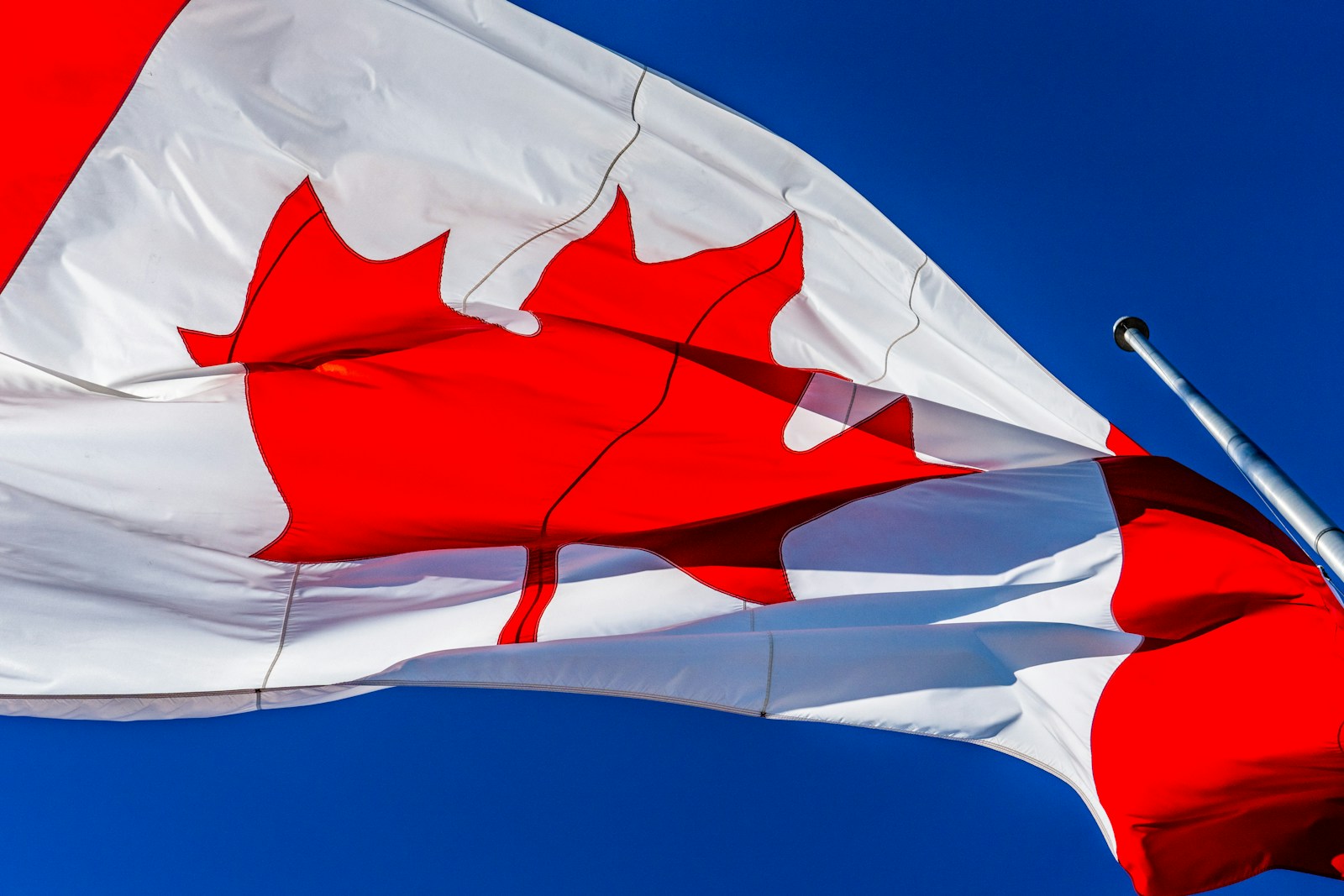Canada’s inflation rate cooled to 1.7% in July, down from 1.9% in June—thanks largely to falling gas prices after the federal carbon tax was removed. But while that sounds like good news, the picture is more complicated when you dig into the details.
📊 The Inflation Breakdown
Gas prices: Dropped 16.1% (the main driver of the overall decline).
Excluding gas: Inflation still sat at 2.5%.
Shelter costs: Up 3.0% year-over-year, with rent climbing 5.1% and mortgage interest costs still nearly 5% higher.
Food prices: Coffee jumped 28.6%, cocoa rose 11.8%, and fresh fruit climbed 3.9%.
The Bank of Canada’s preferred inflation measures (CPI-trim and CPI-median) are steady at 3.0% and 3.1%—but the three-month trend has eased to its lowest point since 2024.
🏦 What This Means for Interest Rates
Economists are split on whether this cooling trend is enough to push the Bank of Canada toward another rate cut in September:
CIBC: Says a September cut is “more possible” now that inflation is softening.
BMO: Thinks we’d need even weaker inflation and slower job numbers before the Bank moves.
RBC: Believes the Bank may already be done with cuts this cycle.
National Bank: Says another cut might only come if unemployment worsens.
⚖️ So, What’s the Verdict?
Right now, it’s a toss-up. While softer inflation opens the door to a possible 25-basis-point cut, stubbornly high food and shelter costs may keep the Bank on the sidelines. September 17th is the date to watch.
📌 The Bottom Line
Even if rates hold steady, we’re still in a better position than earlier this year when inflation and borrowing costs were climbing. For buyers, stability itself is a win—it means more predictability in planning your purchase.
Thinking about buying or selling in Waterloo Region? Let’s talk about how today’s numbers impact your next move.
📲 Charlotte: 519-575-1804

